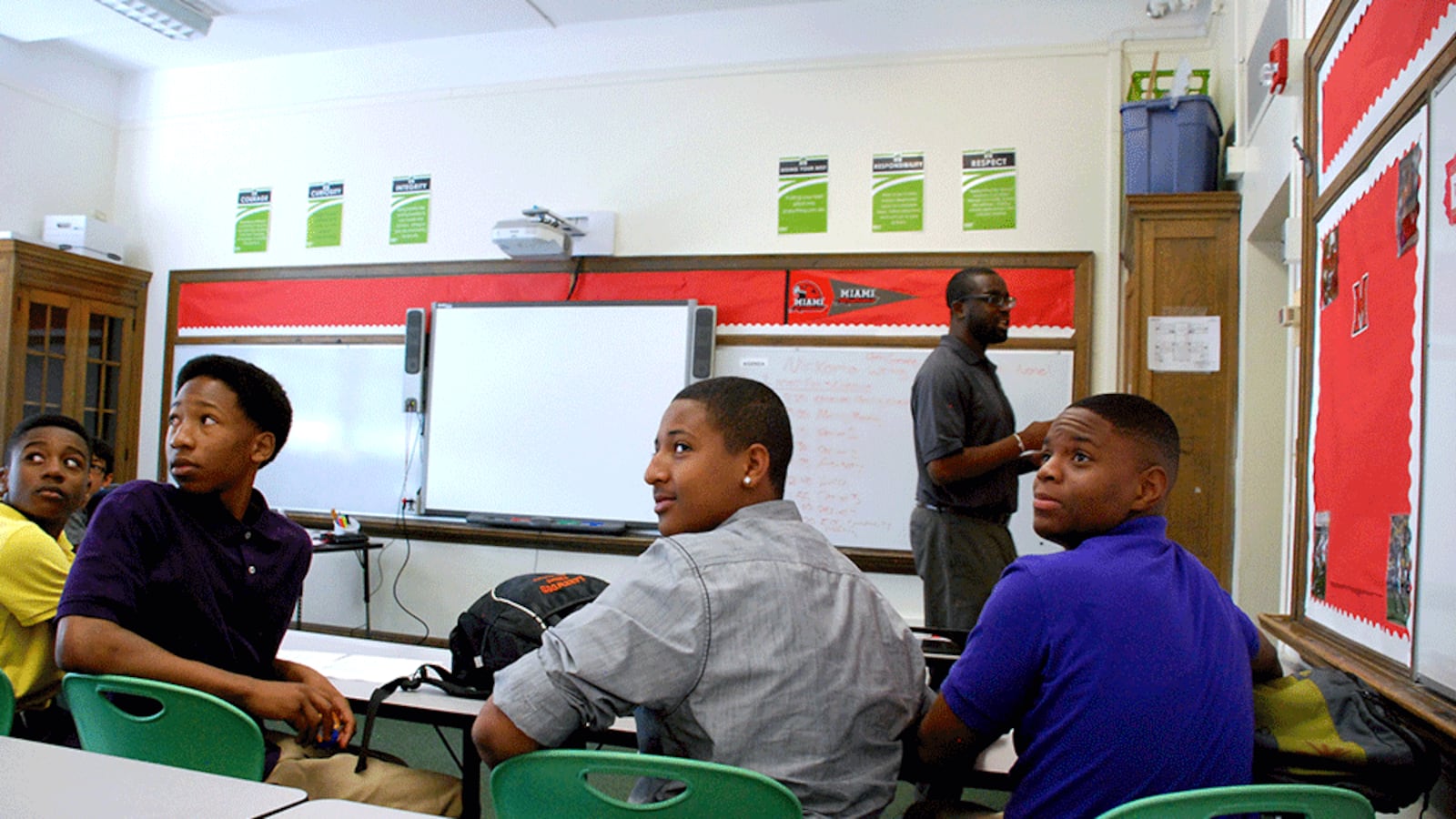A state report released this month showed that for the first time, Colorado’s charter schools educated a larger proportion of racial and ethnic minorities than district-run schools.
The report found that 47 percent of students enrolled at a Colorado charter identify as a racial or ethnic minority. That’s two percentage points higher than at district-run schools:
The findings raise a question: If the charter school population is more diverse, are charter schools more integrated?
The answer, based on school-level data analyzed by Chalkbeat: No.
Of the state’s 226 charters, 38 percent would be considered integrated by the federal government’s definition. That means the school’s minority population is between 25 and 75 percent. At the same time, 50 percent of district-run schools are integrated:
School segregation has received renewed attention in recent years as communities reflect on their legacies and consider how far they have come — or in some cases, not come.
Last year, Denver Public Schools found itself under scrutiny for the current racial makeup of its schools on the 20th anniversary of the end of court-ordered busing.
Research has long suggested that students of all races benefit socially, cognitively and academically at integrated schools.
However, because district-run schools traditionally serve segregated neighborhoods, integration hasn’t come easily.
One of charter schools’ selling points has been that they provide students and families, regardless of ZIP code, alternatives to their neighborhood schools. Some believe charters can promote integration when neighborhood boundaries don’t exist. Others argue charters have led to more segregation.
A lack of transportation is one important barrier to integrated charter schools. Unlike most district-run schools, charters usually don’t provide busing.
The mission of some charter schools is another factor. Some of the most segregated schools in Colorado are run by the Denver-based STRIVE charter network. But STRIVE didn’t set out to create segregated schools; it sought to open in some of Denver’s poorest neighborhoods — neighborhoods that are heavily Latino.
Here are other takeaways from Chalkbeat’s analysis:
In 11 Colorado charter schools, more than 90 percent of the students are white:
Meanwhile, there are 46 charter schools — almost all in Denver — at which more than 90 percent of students are Latino or black:
Ninety-eight charter schools educate more minority students than the average, while 128 charter schools serve fewer students of color than the average.
Only one charter school, Southwest Open in Cortez, exactly mirrors the state’s charter school racial split: 53 percent of its students are white, 47 percent are minorities. Others that are on either side of the split: The Global Village Academy in Douglas County, Twin Peaks Charter Academy in Longmont and Union Colony Preparatory in Greeley.

